One of the biggest changes to this year's 14″ and 16″ MacBook Pro series is the display. In this case, Apple has bet on its well-known ProMotion technology and Mini LED backlighting, thanks to which it was able to come much closer in terms of quality to significantly more expensive OLED panels, without the display suffering from typical shortcomings in the form of pixel burning and lower lifespan. After all, the Cupertino giant also uses the ProMotion display in iPad Pro and iPhone 13 Pro (Max). But it's not ProMotion like ProMotion. So what is different about the panel of new laptops and what are its advantages?
It could be interest you
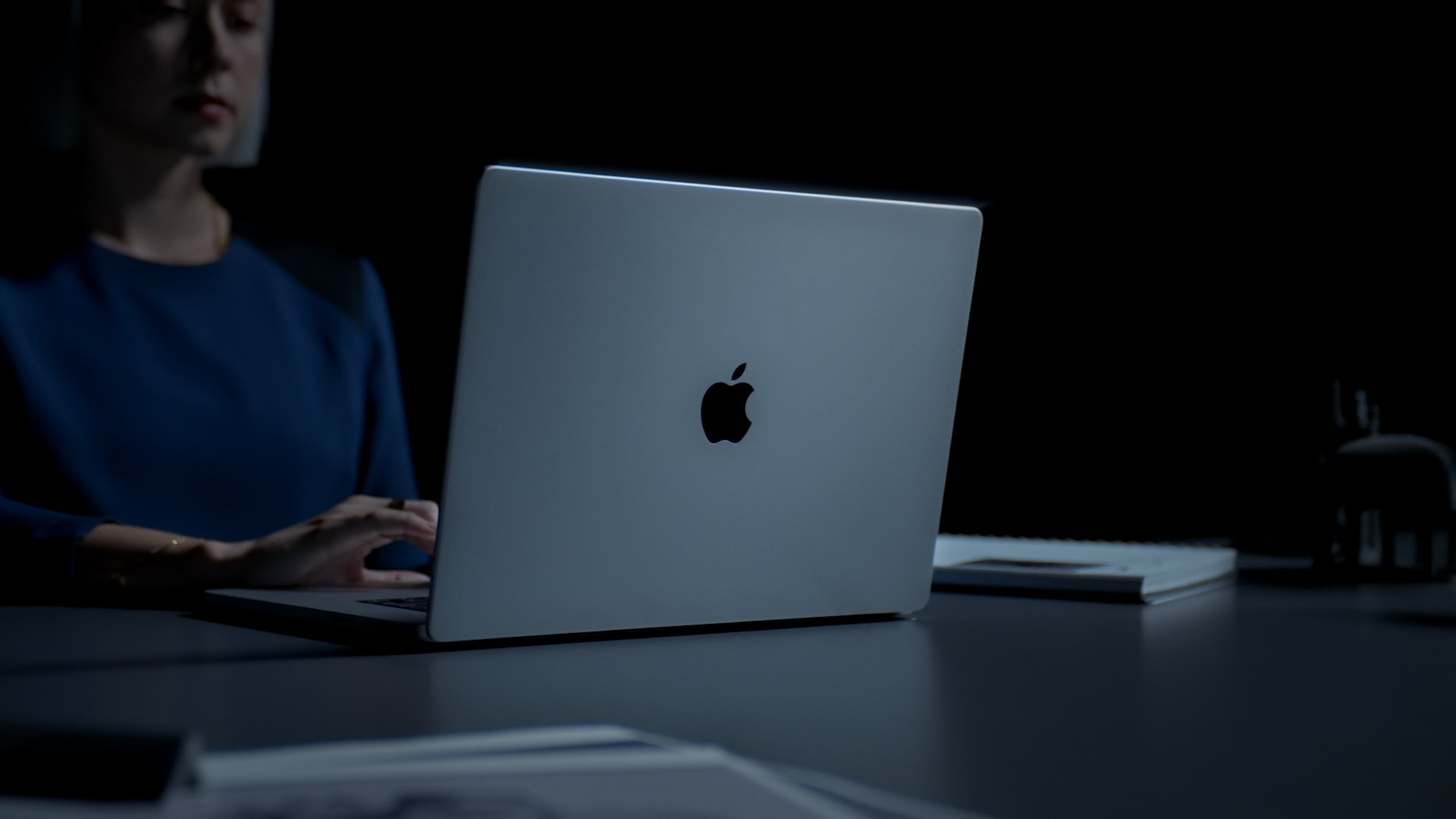
Up to 120Hz refresh rate
When talking about the ProMotion display, the upper limit of the refresh rate is undoubtedly the most frequently mentioned. In this case, it can reach up to 120 Hz. But what exactly is the refresh rate? This value indicates how many frames the display can render in one second, using Hertz as the unit. The higher it is, the more lively and lively the display is, of course. On the other hand, the lower limit is often forgotten. The ProMotion display can change the refresh rate adaptively, thanks to which it can also change the refresh rate itself based on the currently displayed content.
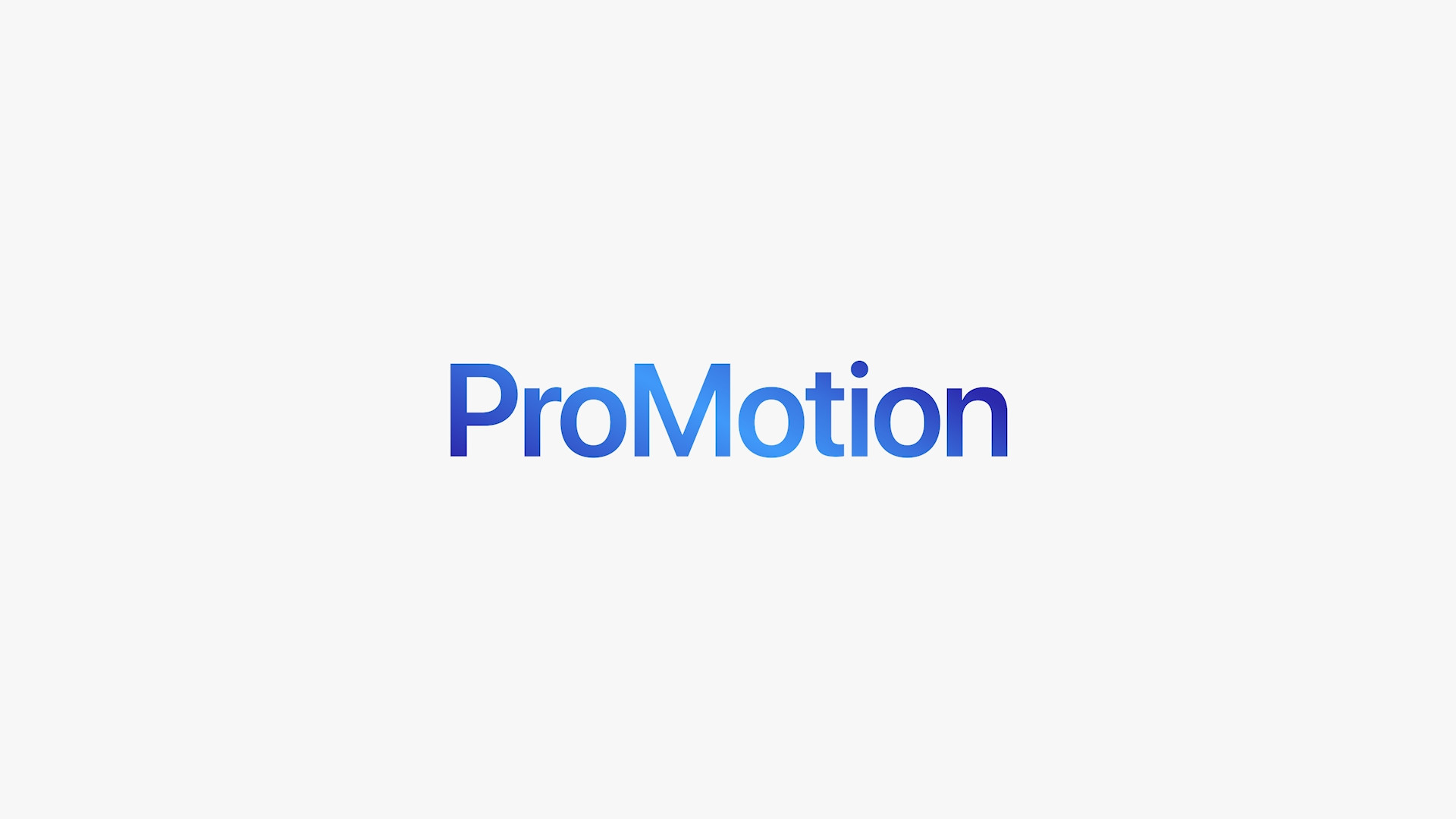
So if you're surfing the Internet, scrolling or moving windows, it's clear that it will be 120 Hz and the image will look a little better. On the other hand, it is unnecessary for the display to render 120 frames per second in cases where you do not move the windows in any way and, for example, read a document/web page. In that case, it would be a mere waste of energy. Fortunately, as we mentioned above, the ProMotion display can change the refresh rate adaptively, allowing it to range from 24 to 120 Hz. The same is the case with iPad Pros. In this way, the 14″ or 16″ MacBook Pro can significantly save battery and still deliver the maximum possible quality.
The lower limit of the refresh rate, which is 24 Hz, may seem too small to some. However, the truth is that Apple certainly did not choose it by chance. The whole thing has a relatively simple explanation. When films, series or various videos are shot, they are usually shot at 24 or 30 frames per second. The display of new laptops can easily adapt to this and thus save the battery.
It's not ProMotion like ProMotion
As we already mentioned in the very introduction, every display with the ProMotion label is understandably not the same. This technology only points out that it is a screen with a higher refresh rate, which at the same time can adaptively change based on the content being rendered. Even so, we can easily compare the display of the new MacBook Pro to the 12,9″ iPad Pro. Both types of devices rely on LCD panels with Mini LED backlighting, have the same options in the case of ProMotion (range from 24 Hz to 120 Hz) and offer a contrast ratio of 1: 000. On the other hand, such an iPhone 000 Pro (Max) bets on a more advanced OLED panel, which is a step ahead in display quality. At the same time, the refresh rate of the latest Apple phones with the designation Pro can range from 1 Hz to 13 Hz.
It could be interest you
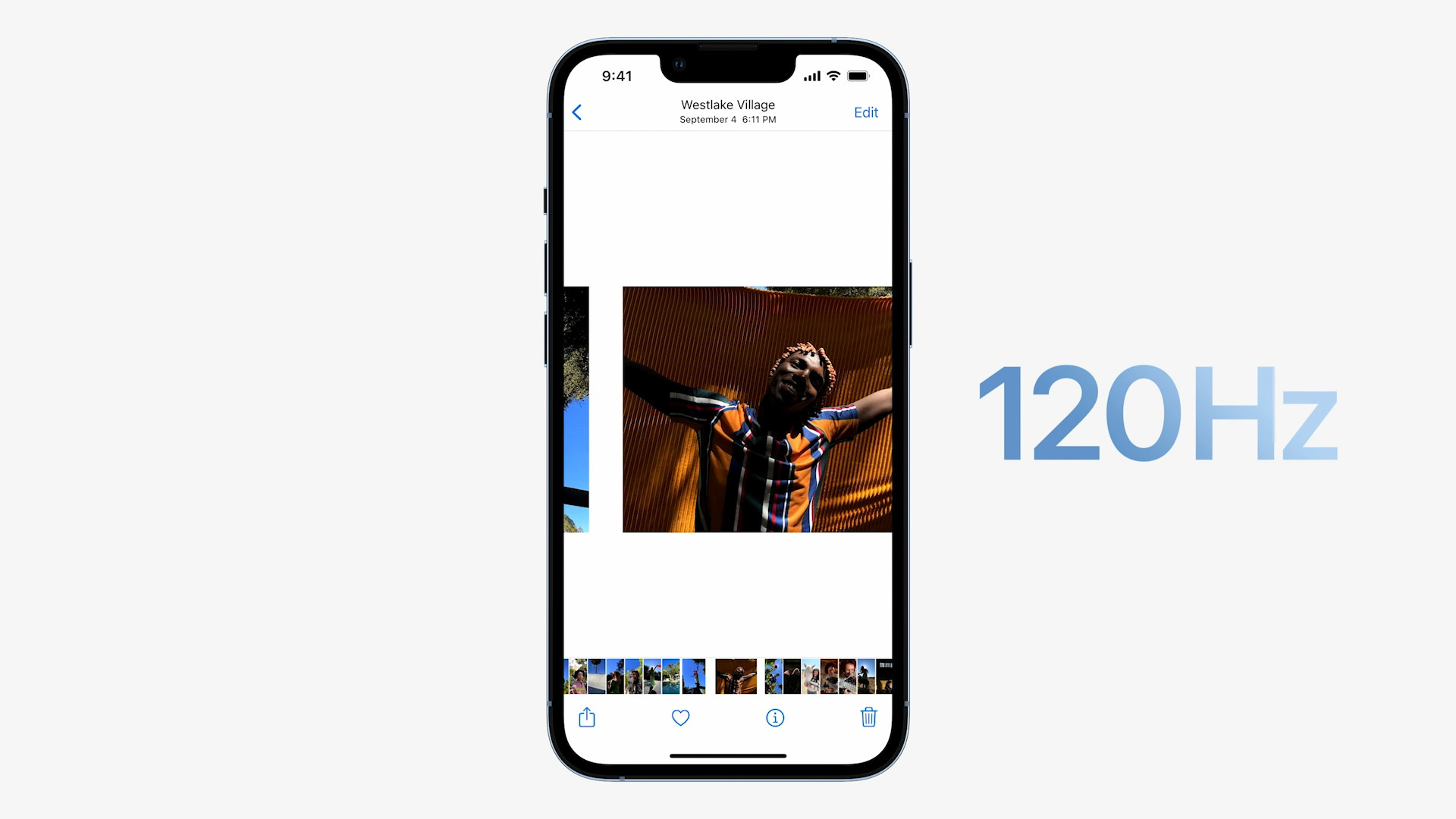
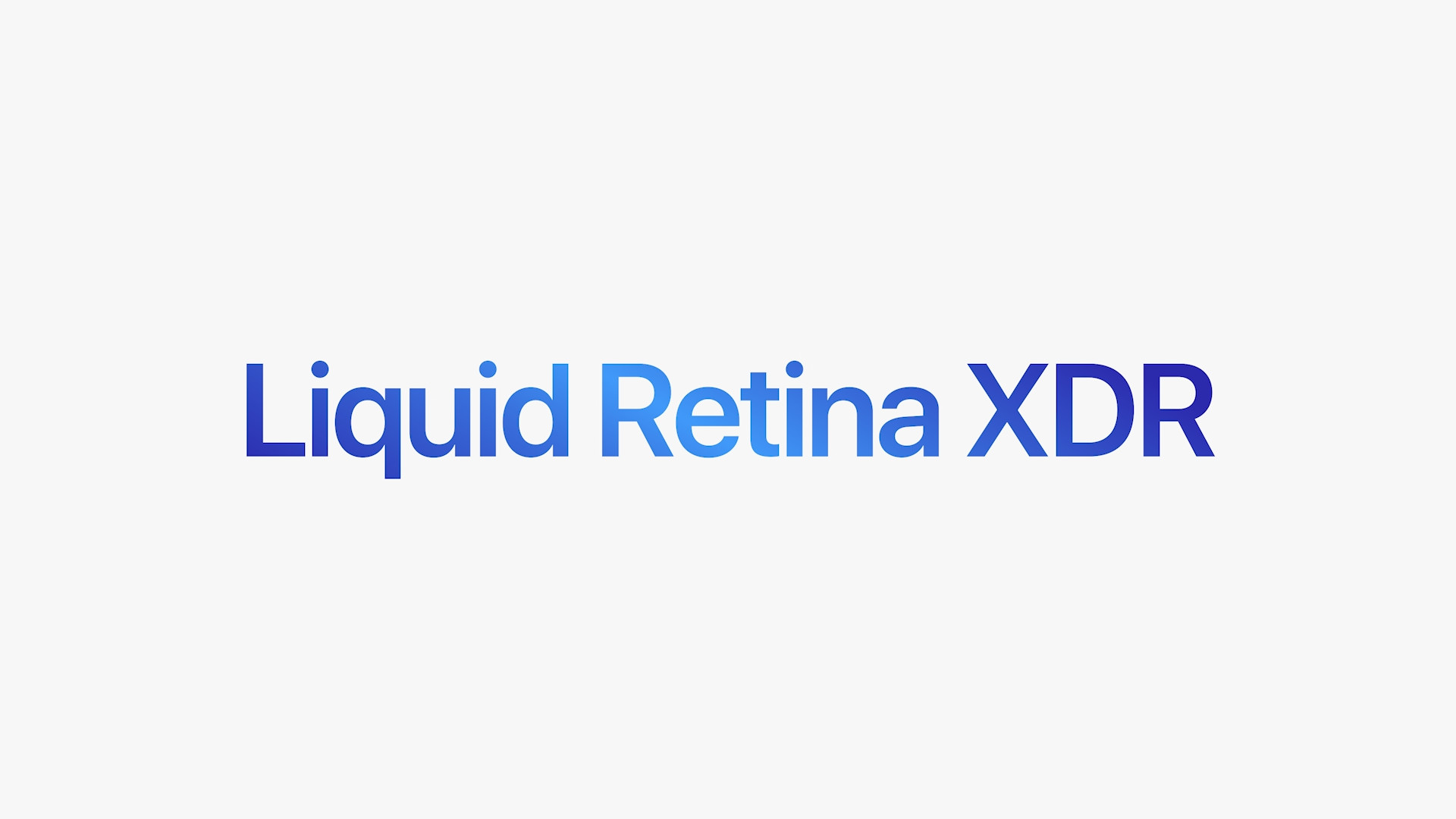
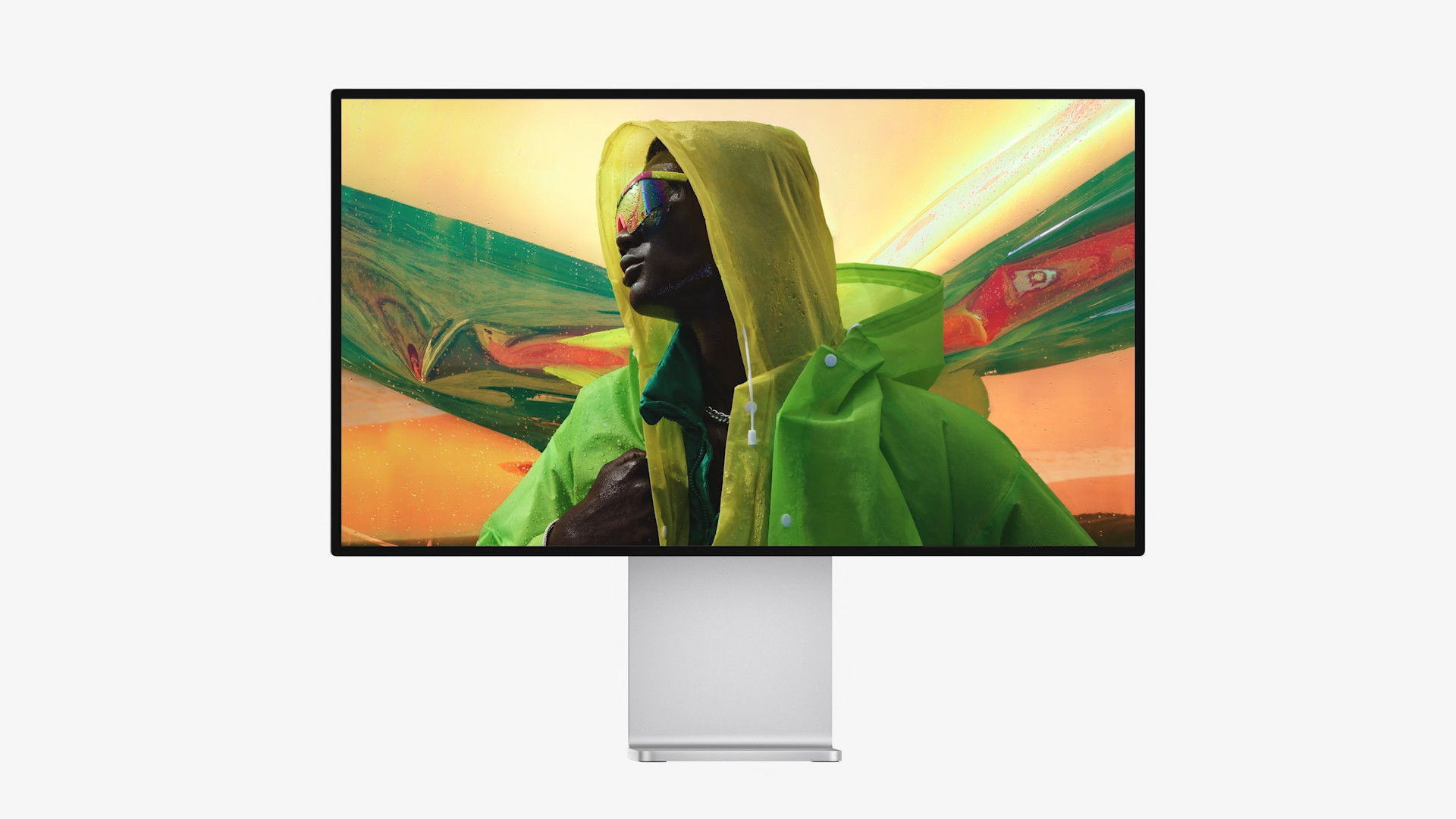
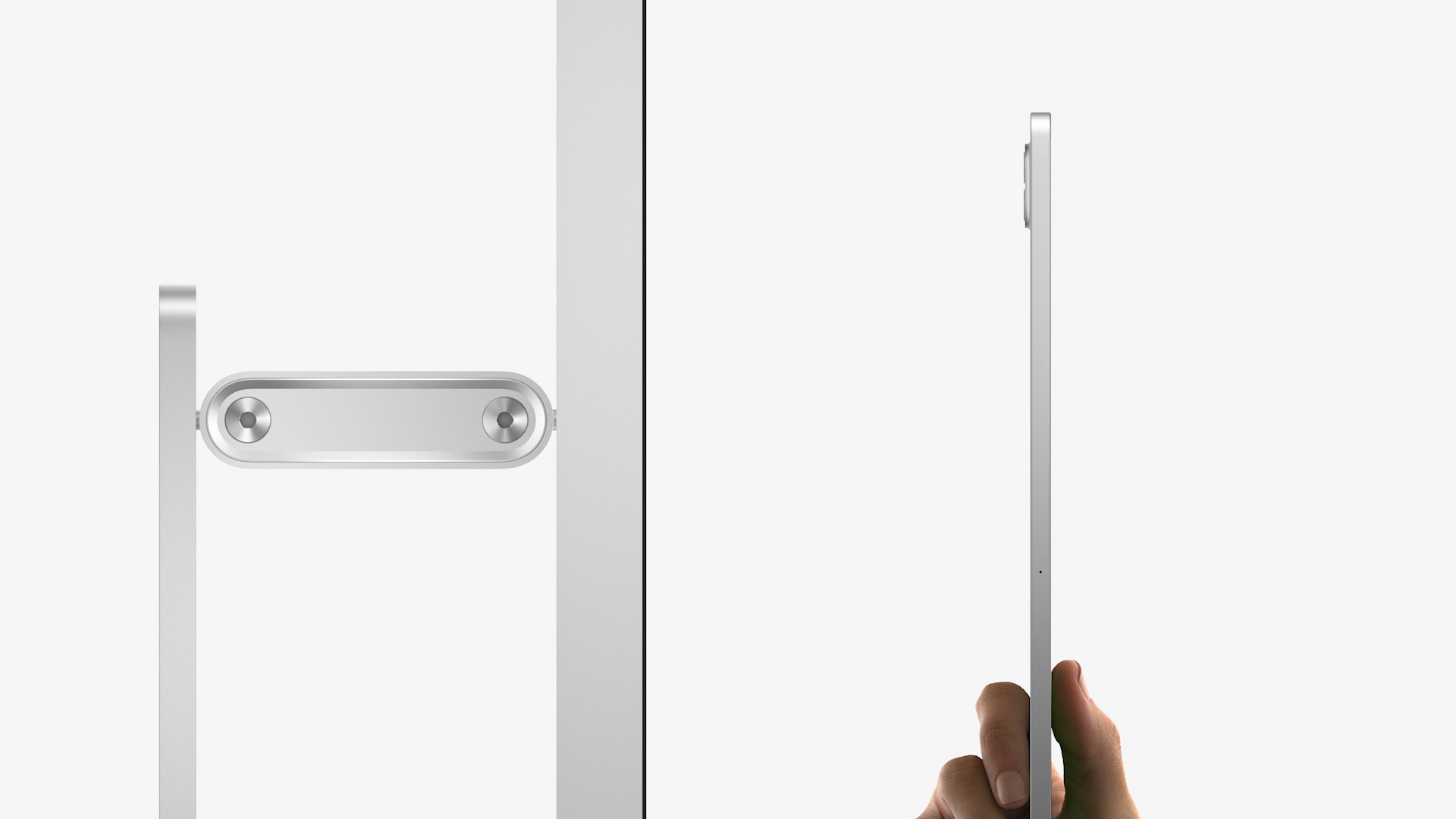
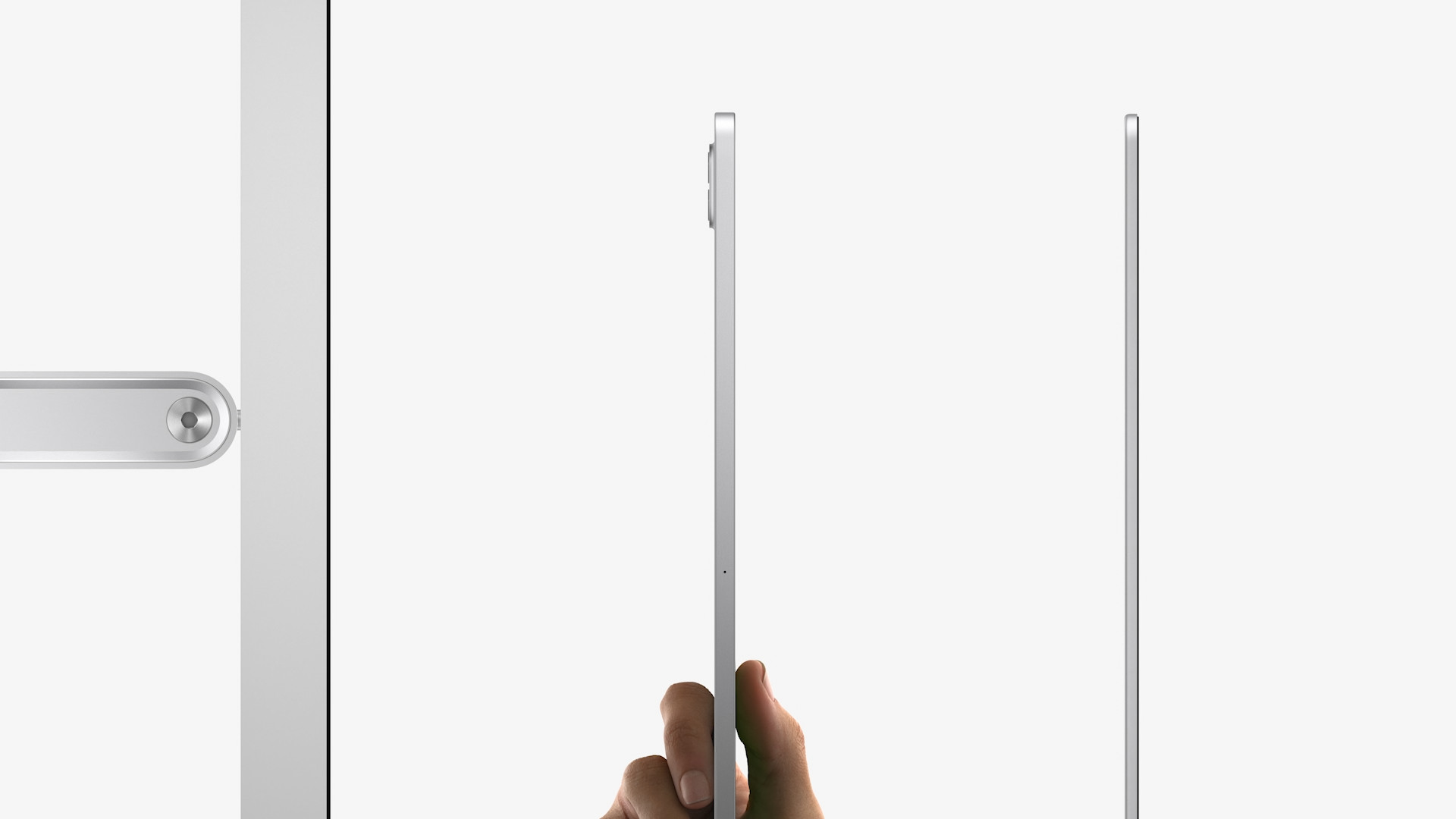
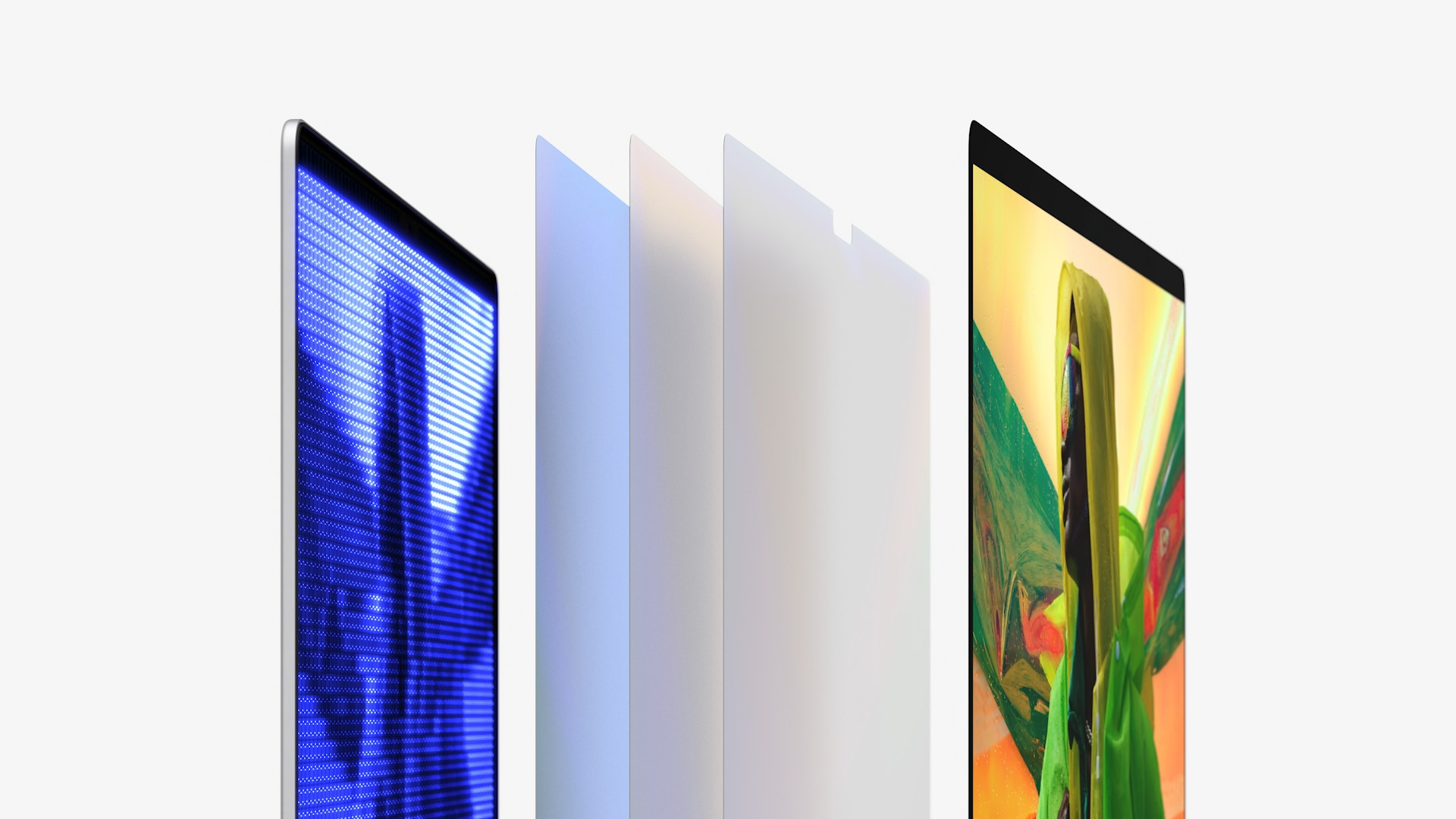

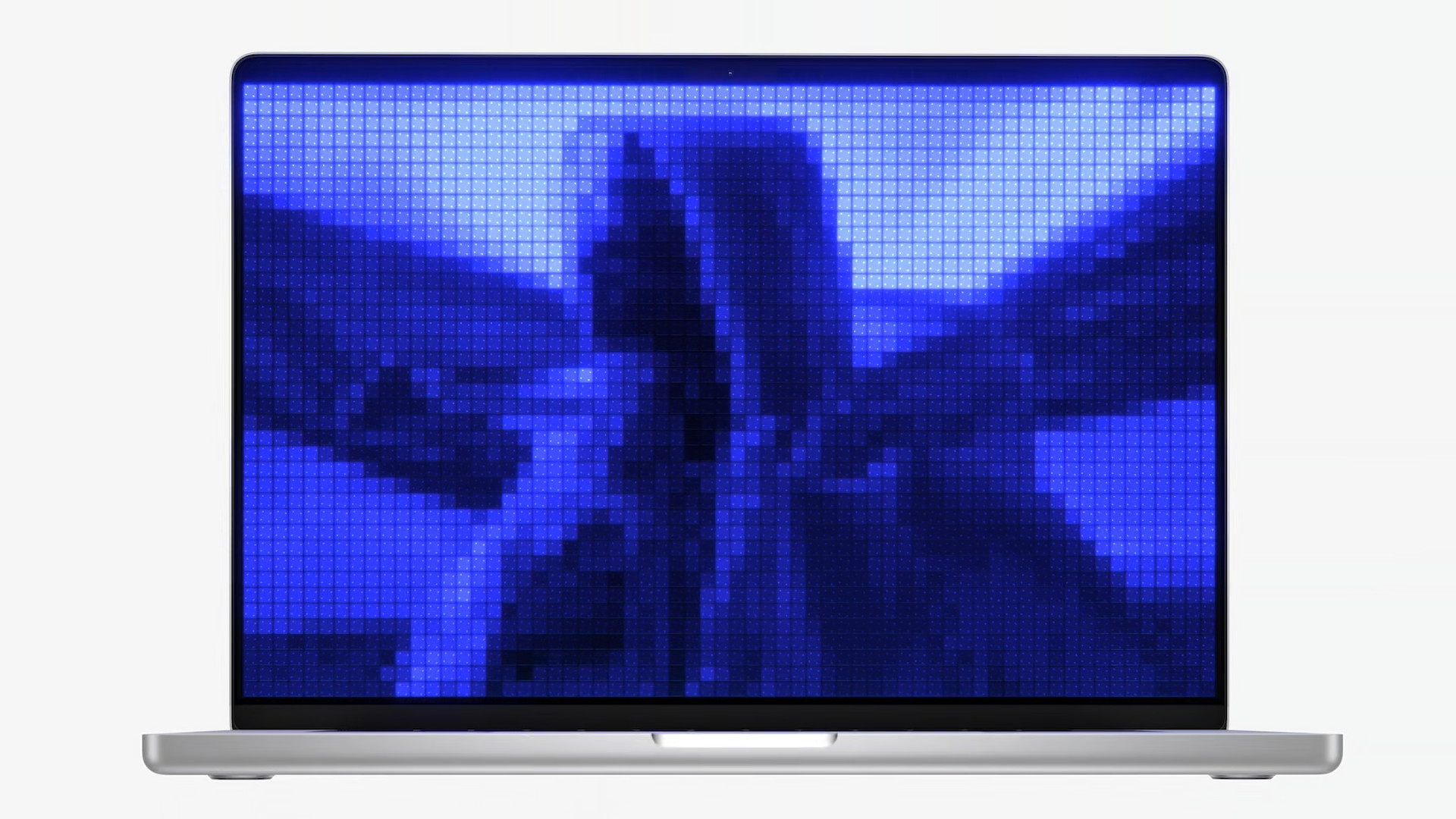
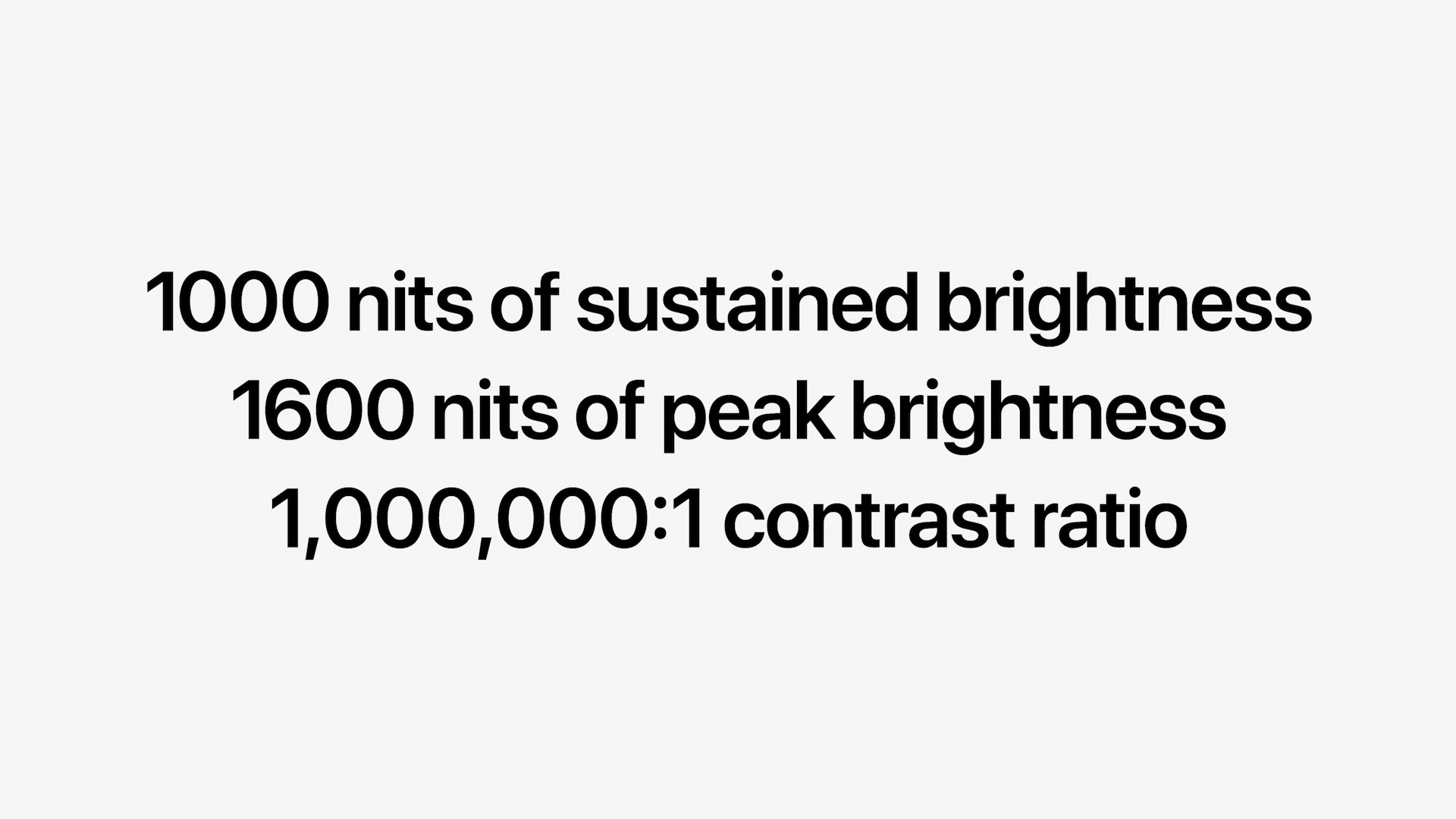

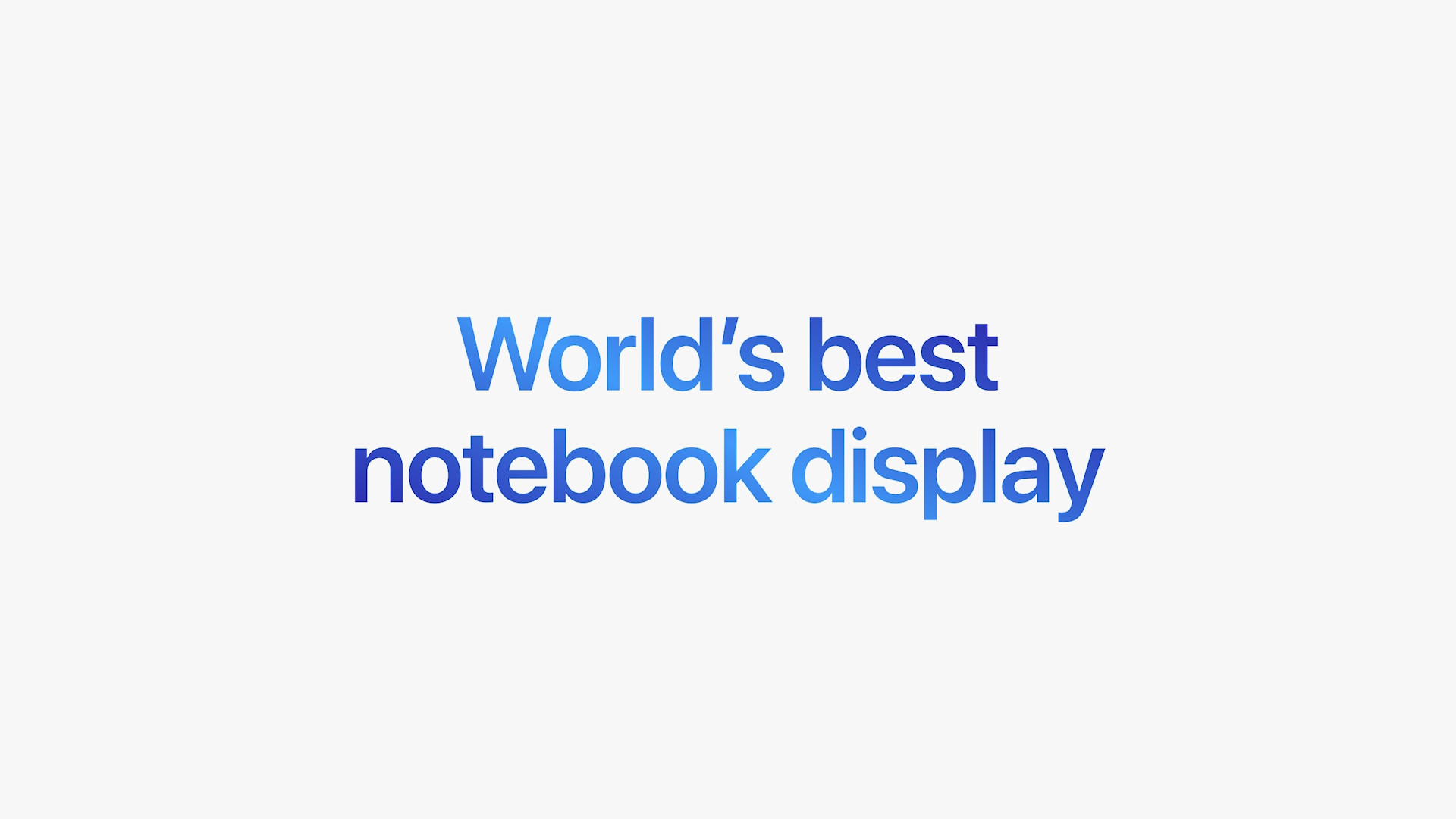
 Flying around the world with Apple
Flying around the world with Apple